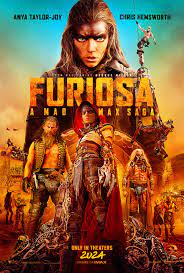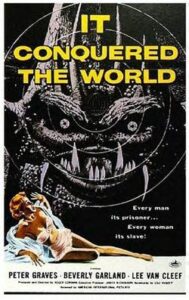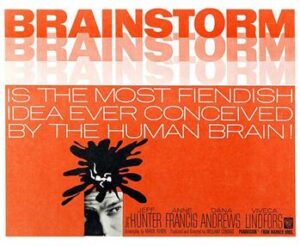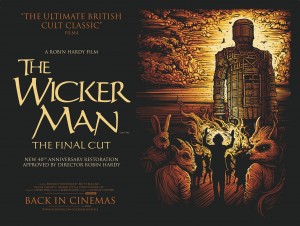.
Yesterday I wrote about faith being a critical and essential component in the success of 1973’s The Exorcist. Today I am thinking about the other religiously themed horror film that also work for me and how strange it is that an atheist enjoys these Christian stories.
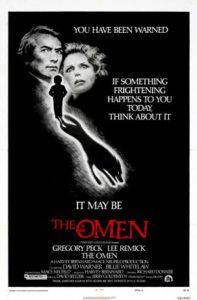 In addition to The Exorcist the other massively successful and franchise inspiring ‘devil movie’ of the 70’s is The Omen. This film’s theology is not as well sourced or faithful The Exorcist playing much more directly as the genre intended for it, horror. It doesn’t raise question but presents the inevitability of the ‘End Times’ and the futility of humanity’s position in the grand scheme. A perfectly positioned movie for its decade The Omen is the bleak and cynical counterpart to The Exorcist’s questions of faith and love.
In addition to The Exorcist the other massively successful and franchise inspiring ‘devil movie’ of the 70’s is The Omen. This film’s theology is not as well sourced or faithful The Exorcist playing much more directly as the genre intended for it, horror. It doesn’t raise question but presents the inevitability of the ‘End Times’ and the futility of humanity’s position in the grand scheme. A perfectly positioned movie for its decade The Omen is the bleak and cynical counterpart to The Exorcist’s questions of faith and love.
Two months ago, I went out and watch the pair of religiously themed horror films release in the spring of this year, Immaculate and The First Omen, the latter being a prequel to the aforementioned 70s film.
Of the pair it has been Immaculate that persists in my thoughts. I have a review of the film here on my blog, but I am going to expand on my thoughts a bit. There are by necessity spoilers.
Seriously — spoilers for the big reveal.
Immaculate unlike either The Exorcist or The Omen is quite subtle in its relationship with the supernatural aspects of religion. It is an easy interpretation of the film that absolutely nothing that occurs is beyond normal accepted reality. A perfectly valid way to view the story is that the fanatical faithful of the convent are deluded. The ancient and rusted spike is not from the crucifixion and the genetic material is not that of Jesus. That their cloning attempts are of some random person and the deformed products are just tragic miscarriages.
It is also possible that the spike is exactly what they believe it to be and that the convent’s repeated attempts to clone the son of god will, if successful, produce the opposite, the ‘anti-Christ.’
A third interpretation is that the convent and its faithful are doing precisely what they believe, bringing about the second coming of the Christian savior by cloning and producing him by way of a virgin birth.
Side note, it is a common misconception that the phrase ‘immaculate conception’ refers to Jesus’ conception without sexual intercourse but theologically it is about Mary and her being born without ‘original sin’ and thus possessing the purity to bear a god.
The film gives no clues if any of the three interpretation I have presented are the ‘correct’ way to view the events of the film. From the story as presented one cannot determine is Cecila is a young woman abused by fanatics, the savior of humanity, or the vessel through which it is damned.
This week I obtained Immaculate on Blu-ray disc and I look forward to listening to the director’s commentary.


